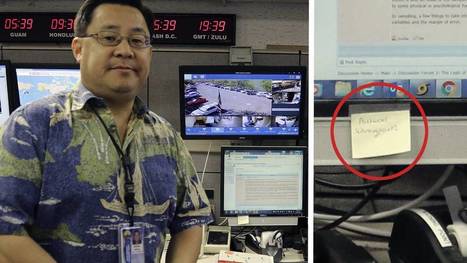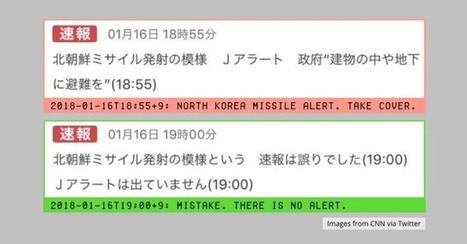No one who’s used a long-running government website expects such things to be fancy — just functional. But there’s a limit to what can be tolerated, and I believe we’ve reached it with Hawaii’s emergency alert system, which is so dated that it would be hilarious if it hadn’t just caused a statewide panic. GeoCities ain’t got nothing on this.
Honolulu Civil Beat managed to get a screenshot, via Hawaii’s Office of the Governor, of the system used to launch emergency alerts like the one that went out on Saturday:
Look at that! Just a jumble of contextless plain links, with drills and tests heedlessly mixed in. It’s easy to see how this happened. We all click the wrong link now and then, but the consequence isn’t destabilizing an entire state. You can’t hit the back button on a million text messages and broadcast warnings.
You can see that at the top of the list a new entry: BMD False Alarm. That’s surely (let’s hope) a band-aid until this system gets dragged into the 21st century. Hell, even the turn of the century would be an improvement.
All you need is a bit of styling to perhaps put tests and real alerts in different columns and colors, in case your finger slips, telling all of Hawaii to pull over, find shelter and lay on the ground until further notice. Apparently there’s a confirmation popup that appears, which is a start. Want to bet it looks the same whether you’re doing a drill, text or real alert?
Learn more / En savoir plus / Mehr erfahren:
https://gustmees.wordpress.com/2012/11/05/naivety-in-the-digital-age/



 Your new post is loading...
Your new post is loading...










Learn more / En savoir plus / Mehr erfahren:
https://gustmees.wordpress.com/2012/11/05/naivety-in-the-digital-age/
https://gustmees.wordpress.com/2013/05/12/cyber-security-the-weakest-link-in-the-security-chain-is-the-human/